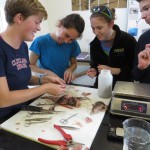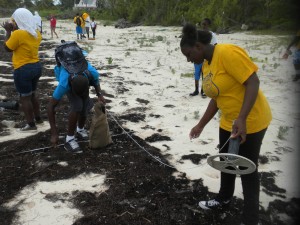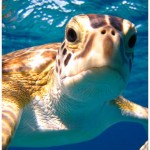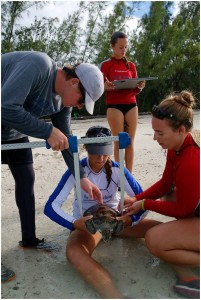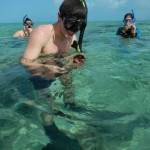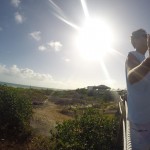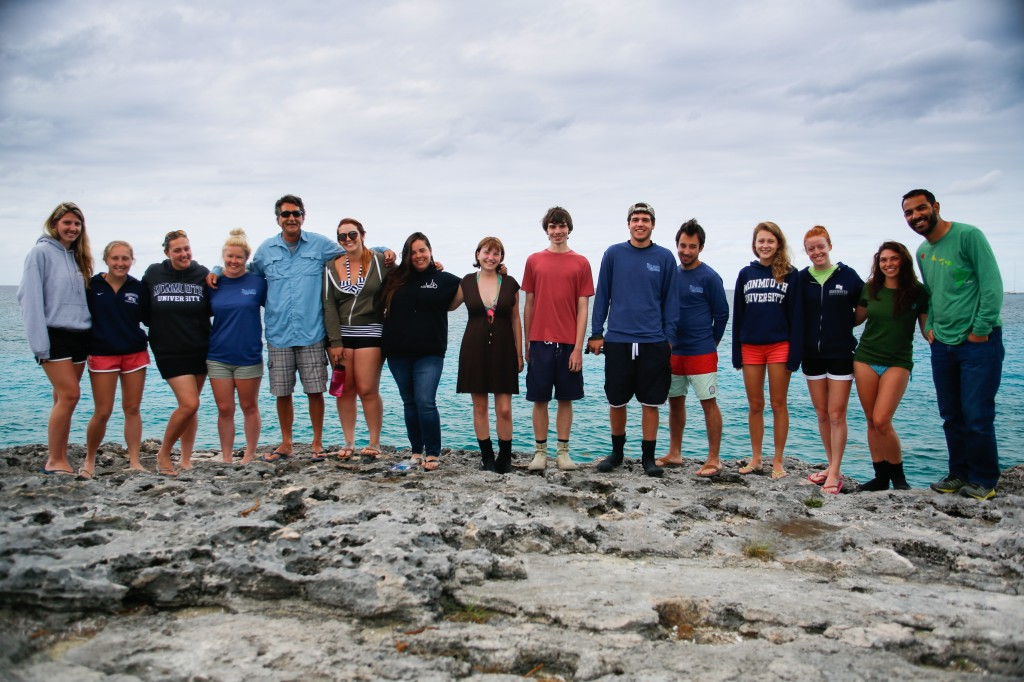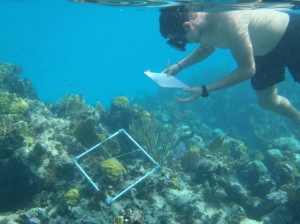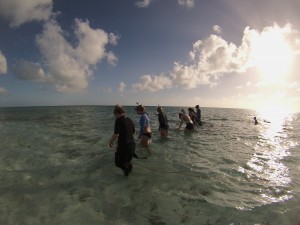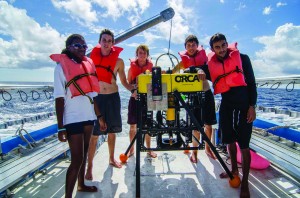Visiting CEI for the first time, 26 students and 4 professors from the University of Exeter, UK, completed a 12 day program during 6th- 17th January. As part of a field trip module, where students can choose to explore South Africa, Borneo, the Canary Island or The Bahamas, these final-year college students started off the New Year with an immersion into tropical marine ecosystems and conservation. Over the course of 12 days, students got hands-on lessons about the major ecosystems and habitats right on their doorstep here at Cape Eleuthera. What better way to learn about mangrove flats than snorkeling through the creek channels and peaking into the roots of red mangroves and seeing all sorts of juvenile fish species that would normally live in this type of habitat? The team also had a class on bonefishing in the Bahamas, reef fish identification and patch reef surveys.
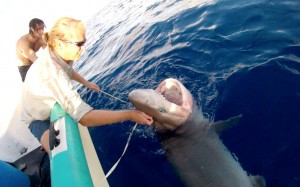
The students spent time with the shark research team at CEI. Highlights included catching a smoothskin dogfish and a rare sighting of a recaptured bluntnose sixgill shark with the deepwater shark team; they also tagged several sea turtles! The group also visited Jacks Bay to survey seagrass and encountered numerous turtles and spotted eagle stingrays there.
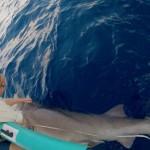
The group also had the opportunity to explore Eleuthera and went down island to check out the most narrow place on the island, Glass Window Bridge. They also swam like royalty in the Queens Bath and paid a visit to the Rock Sound Ocean Hole. Over a BBQ on their last night, students and professors reflected on how anxious they were a year ago while planning for this trip and how fast it went by now it is over. Some students commenting that this trip had exceeded their expectations. Everyone in this group experienced something that they had never seen or done before, whether it be snorkeling, touching a shark or holding a turtle.
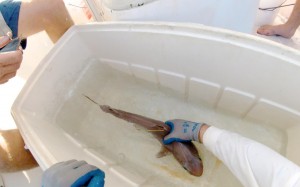
The University of Exeter left CEI and The Island School satisfied.Their first field course to the Bahamas was a fun-filled, educational, and life-changing one. The professors of this group are now planning for another visit next year and more years to come, with more students! Thank you everyone that took part in working with this group. Your hard work is really appreciated!

